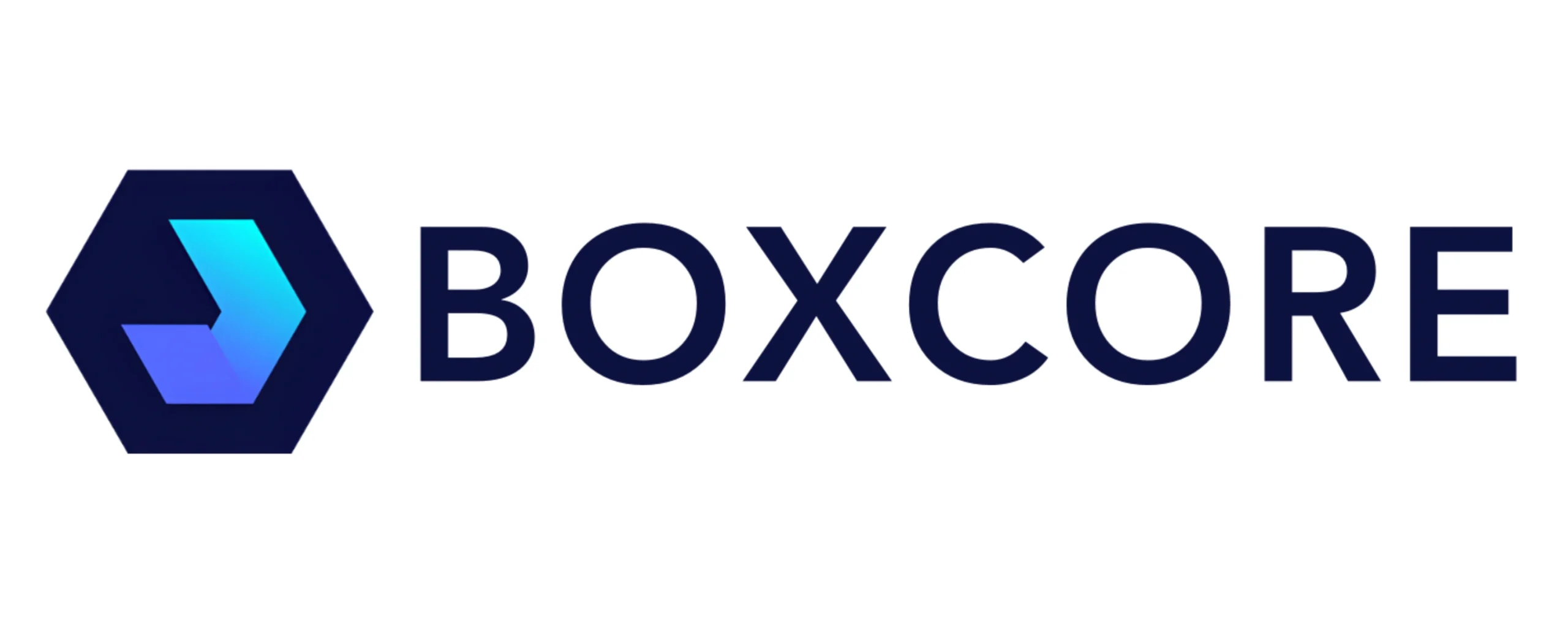Choosing the right types of construction safety software is no longer optional. Contractors are expected to maintain strict compliance across ever-changing teams, complex project environments and tight margins. Yet not all safety tools are designed to deal with the realities of construction sites.
The unique, dynamic nature of construction work—with rotating subcontractors, shifting site conditions and multiple employers—means the biggest challenge isn’t software capability, it’s adoption on-site. Tools that look good in the office but fail to get picked up by foremen or operatives will quietly gather dust.
Another make-or-break factor is the ability to share safety data across external companies. If a system can’t support collaboration—between general contractors, subcontractors and clients—it won’t survive. Teams will revert to email chains, spreadsheets and WhatsApp messages.
This article explores the main types of construction safety software, highlighting what they offer, their limitations, and why ease of use, rapid return on investment and seamless workforce tracking are now essential.
1. Project Management Platforms with Safety Modules
These are all-in-one platforms that include safety tools as part of broader project delivery functionality.
Examples:
- Procore
- Autodesk Construction Cloud
- Trimble ProjectSight
These platforms integrate safety into project timelines, drawings, procurement and RFIs. Safety forms, observations, permits and inspections are linked to other project documents.
Challenges:
- Often too complex for smaller or mid-size firms
- Not practical for real-time site use
- Adoption typically limited to office staff
- Long onboarding timelines and costly licences
They suit large infrastructure contractors with in-house IT support—but frontline teams often disengage due to complexity.
Explore how Boxcore complements GCs who need mobile-first tools:
boxcore.com/general-contractors
2. Single-Function Tools for Specific Tasks
Known as point solutions, these tools do one thing well—such as inspections or time tracking—but lack wider functionality.
Examples:
- iAuditor (checklists and audits)
- Raken (field reporting)
- ClockShark (mobile timesheets)
These are ideal for solving isolated problems but cause issues when multiple apps are needed.
Drawbacks:
- Data becomes siloed
- Site teams juggle multiple logins
- Manual double-entry becomes common
- No shared view of project compliance
As companies grow, these systems can’t scale or provide full visibility across safety and workforce management.
Learn how Boxcore consolidates safety and labour tracking into one platform:
boxcore.com/product-features
3. Safety Platforms Designed for Office-Based Use
This type of software is built for safety managers and compliance officers working from head office.
Strengths:
- Audit logs
- Certification tracking
- Reporting dashboards
However, these systems often overlook the daily demands of field staff.
Common problems:
- Steep learning curve
- Inaccessible for subcontractors
- Site teams default back to spreadsheets or emails
If safety software isn’t accessible to supervisors, foremen and workers—it fails.
Boxcore bridges this office–field divide with a mobile-first design:
boxcore.com/digital-safety-solutions-for-construction
4. Field-Ready Safety Platforms Built for Site Teams
This final category focuses on practical use in live construction settings—where things move fast and time is tight.
Boxcore is a leading solution in this space. It was designed specifically for site teams, subcontractors and general contractors managing real-world conditions.
Key Features:
- Facial recognition access control and time tracking
- Digital onboarding and inductions
- Live site attendance and training status
- Safety audits, RAMS tracking, and document registers
What makes it effective is that safety and workforce tracking are fully integrated. You don’t just know if someone is on-site—you know if they’re trained, inducted and cleared for the task. This combined visibility is crucial.
Why Ease of Use and Sharing Capabilities Matter
On any construction project, multiple parties must access the same data—whether it’s a subcontractor uploading a GA3 or a safety officer checking who completed orientation.
Boxcore makes this seamless:
- Live dashboards accessible by GCs, subs and consultants
- Real-time sharing of certs, inductions and RAMS
- Secure access from any device, anywhere
The result is less chasing, fewer delays and better compliance across the board.
Check out how subcontractors are using Boxcore to manage safety efficiently:
boxcore.com/subcontractors
Why Rapid ROI Now Drives Software Adoption
Contractors today are under intense commercial pressure. Labour shortages, inflation and tighter deadlines mean there’s no patience for software that takes weeks to roll out or months to pay back.
Boxcore delivers immediate value.
From the moment it’s switched on, it starts reducing admin:
- Site teams stop uploading files manually
- Supervisors no longer chase paperwork
- Foremen have real-time visibility of workforce compliance
- Subcontractors onboard and access the platform in minutes
This leads to genuine time savings, improved productivity and reduced errors—delivering rapid return on investment.
As Padraig Reilly, CEO of Boxcore, puts it:
“Contractors want to save time, reduce admin and get better visibility across projects. That’s what we’re focused on—helping teams unlock a step change in productivity by removing manual admin from their safety processes.”
Lower Insurance Costs Through Better Safety Records
One often overlooked advantage of integrated safety software is the potential for lower insurance premiums.
When insurers see that a contractor is:
- Tracking training and access digitally
- Maintaining up-to-date equipment records
- Logging safety audits and incidents centrally
- Managing worker access securely through facial recognition
…it demonstrates risk reduction. This makes it easier to negotiate favourable rates and prove compliance after incidents.
With Boxcore, all of this is part of the day-to-day system—not a separate compliance exercise.
Learn how Boxcore supports regulatory frameworks like:
- ISO 45001
- Local Law 196 in NYC
- Irish Safepass and GA2/GA3 inspections
- CSCS card tracking in the UK
What to Consider When Choosing Safety Software
Here’s what to look for:
1. Does it work on-site with no training delays?
Solutions must be mobile-first and easy to use—especially by subcontractors.
2. Can you manage workforce and safety together?
Split systems cause blind spots. Boxcore gives a unified view of labour and compliance.
3. Can data be shared quickly across companies?
Manual email workflows waste time. Look for live, secure sharing.
4. Does it deliver fast ROI?
Long implementation cycles no longer work. Boxcore gets sites live in 24–48 hours.
5. Will it help with insurance?
Yes—when used properly. Boxcore provides a verifiable audit trail and reduces exposure.
Final Thoughts
As Padraig Reilly says:
“Software that isn’t immediately easy to use simply won’t get adopted—especially by busy site crews. That’s where so many platforms fall short. Boxcore is different. It works for the boots on the ground.”
Choosing the right safety software isn’t about features—it’s about fit. The best system is the one your team will actually use. If you need real results fast, with tools that simplify compliance and support collaboration, Boxcore is built to do exactly that.
To find out Boxcore easy-to-implement solution makes teams safer and more productive Book a Demo today.


